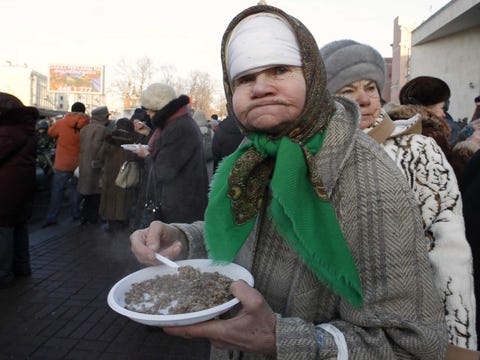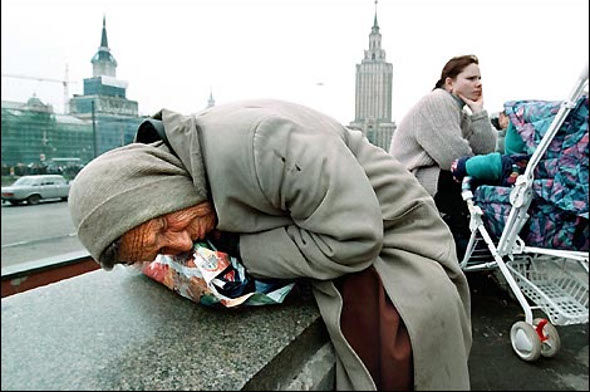Balancer
Gold Member
Over the past 30 years, Russia has gone through a very difficult path. Few people imagine this process. And not only in the West, but many people forget this already in Russia itself. Also, very many people who knew Russia only in the 1990s, judge it for that period. In this topic, I'll try to illustrate this path with separate photos that most emphatically emphasize the changes that are taking place. I will place them without any logic and not in a time sequence. And it will be a long process  But, I hope someone will be interested.
But, I hope someone will be interested.



